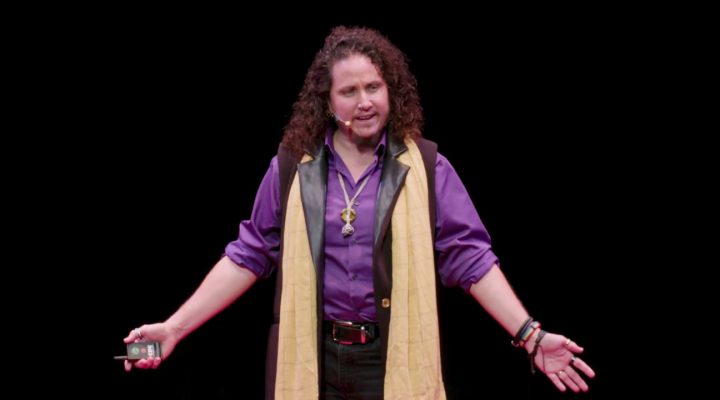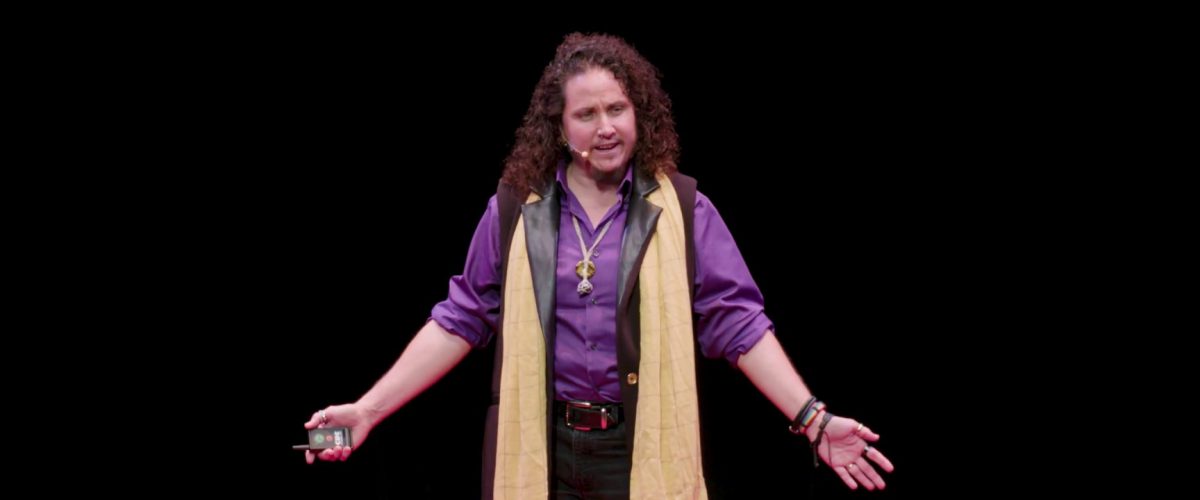October 26 is Intersex Awareness Day. In a time where gender identity and expression are under social, legal and religious scrutiny, understanding the biological basis for sex differences never has been more urgent.
“Intersex” is a general term used for a variety of situations in which a person is born with reproductive or sexual anatomy that doesn’t strictly fit the boxes of “female” or “male.” While many intersex people identify as transgender, not all do. Neither are all transgender people born intersex.
I asked four intersex individuals what they wished others understood about the under-discussed “I” in the LGBTQI acronym and their answers offer insight, context and information that are key to recognizing the pitfalls of viewing sex as a simple male-female binary.
What the people I spoke with mentioned most frequently was the hope for society to see intersex not as a single condition, but as an umbrella term for multiple sex variations.
“There are many ways to be intersex, and some of them are invisible.”
“There are many ways to be intersex, and some of them are invisible,” said Jennifer Pickens, an audio book narrator who has Complete Androgen Insensitivity Syndrome. “Intersex people are your friends, your family and maybe even you.”
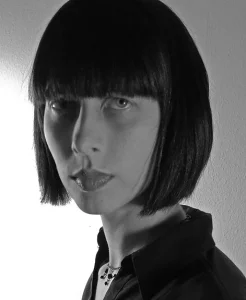
Jennifer Pickens
It may come as a surprise to some to know it is possible to be intersex without knowing it, yet many people, like Pickens, don’t find out they are intersex until their teens or even much later into adulthood. Some intersex conditions never are diagnosed.
This ambiguity has myriad implications for the creation of gender-based legislation.
“When we start putting legal guidelines on what it means to be a man or a woman, there are consequences for everyone,” Pickens said. “The way the law treats intersex people affects everyone, because even if you aren’t intersex, sex and gender express themselves in a wonderful variety of ways.”
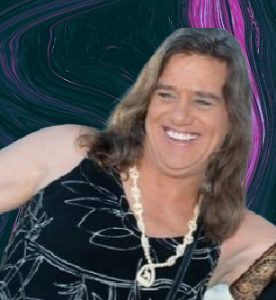
Jesf Benedict
Jesf Benedict, a content creator who co-hosts The Original Intersex Connect Live, an interactive livestream broadcast, said there are 10 different ways the X and Y chromosomes can combine to affect a person’s sex. In addition to XX and XY, other known variations include: 47 XXY, 47 XYY, 48 XXXY, 48 XYYY 49 XXXY, 49XXXYY, 49XXXXX, and X.
Even though “researchers have unearthed dozens of genes and even more variants that contribute to differences of sex development (DSDs), the ever-expanding list explains a mere fraction of physical diversity,” Benedict said. Despite the wide range of genetic combinations, Benedict, who is a chimera, said the sequencing techniques can pinpoint a genetic cause for just 20% to 45% of intersex people.
Mx. Anunnaki Ray Marquez, an intersex advocate who became the first person in Colorado to get an intersex birth certificate, said in a viral TEDx talk with 13.5 million views that an intersex person is someone who “has chromosomes, genitals, hormones and a reproductive system that are a mix of both (male and female) in some way.” Marquez said about 129 million people are born with an intersex variation.
Due to the range of intersex conditions and the differences in the ways the conditions manifest and impact different individuals, Marquez stresses the importance of not viewing intersex people through a single lens: “When you have met one intersex person you have met one intersex person.”
“One of the greatest challenges to being an intersex person is living in a liminal space between ‘both’ and ‘neither,’” said Laura Beth Buchleiter, a pastor who is intersex.
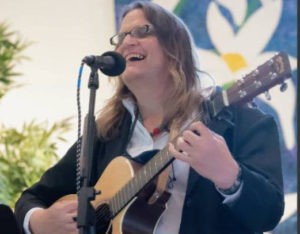
Laura Beth Buchleiter
This distance can have spiritual implications for intersex individuals, Buchleiter said. “What makes this a challenge is that so much of our culture is built on the assumption of one or the other: male or female,” she said. “This is especially true in churches where everything from roles people play to Bible studies they join to basic issues of ethics and boundaries begins with a distinction between whether or not one is a man or woman.”
Buchleiter said the lack of options can lead to an intersex person feeling detached from the life of the church. “’Both’ is not usually an option so the comfort of others often dictates that we are relegated to ‘neither’ and the default of being neither means that we are offered nowhere in the life of the church.”
She navigated this nebulous space through a shift in her thinking. “It was a pivotal moment when I allowed myself to believe that neither — as the opposite of either — didn’t have to just mean none; it could just as easily mean all,” she said.“The Adam — the first rendering of a human, crafted in the image of God before male and female were separated, was not nothing, but a complete and whole being (if not a lonely one).
“Intersex people, as image bearers of God, are far from the nothingness of neither,” Buchleiter added. “We have the opportunity to live in the fullness that comes from being neither. Our resulting experiences and perspectives can be a gift to any community when they are allowed to be held in the light.”
“Intersex people, as image bearers of God, are far from the nothingness of neither.”
Benedict also points to early spiritual writings as an inroad toward viewing intersex as a foundational part of God’s plan. In addition to male and female, ancient Israel acknowledged four other genders: androgenous (part male, part female), tumtum (unknown, or neither), saris (men who do not develop at puberty, or are castrated/infertile) and ay’lonit (females who do not develop at puberty and are infertile).
This recognition offered a structure that eliminated the sense of disconnect Buchleiter observes in our society.
Each gender had a specific set of rules to follow in society. For instance, the androgenous and the tumtums had to follow both the male and female rules.
A stronger awareness and acceptance of sex variation in today’s culture has the power to offer more compassionate inclusion and options for this segment of the population, something that is almost — but not entirely — missing.
Buchleiter recounted a story that offers a glimpse of what understanding and inclusion could look like. She had been visiting a driving range after work each day when she began to notice a couple of people watching her. She was wary and braced for the worst when they finally approached her. As it turned out, the two people represented golf leagues —one for men and one for women.
“They had been in discussion all week about which league I might belong in and were determined to be the first to recruit me,” Buchleiter said. “They had come to the conclusion that I could choose which league I wanted to play in — and if I wanted, I could even play in both. This is acceptance of intersex people at its finest. Their biggest concern was my safety, and that I could hit a long and — ironically — straight ball!”
Cynthia Vacca Davis teaches English at Virginia Wesleyan University. She is also a longtime journalist, writing about community news and faith for several outlets in the Hampton Roads area. She’s the author of Intersexion: A Story of Faith, Identity and Authenticity from Lake Drive Books. Learn more at cynthiavaccadavis.com or on Instagram @cynthia_vacca_davis.
Related articles:
Why it’s not enough to make an exception for intersex people amid your exclusion of trans people | Analysis by Cynthia Vacca Davis
How our view of creation and incarnation shape our view of intersex people | Analysis by Rick Pidcock

